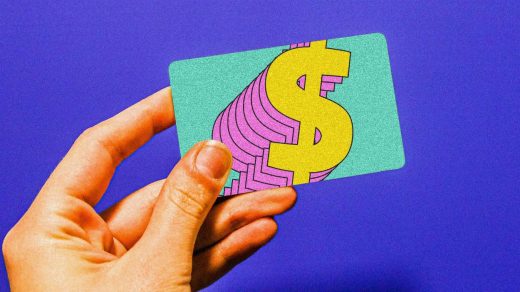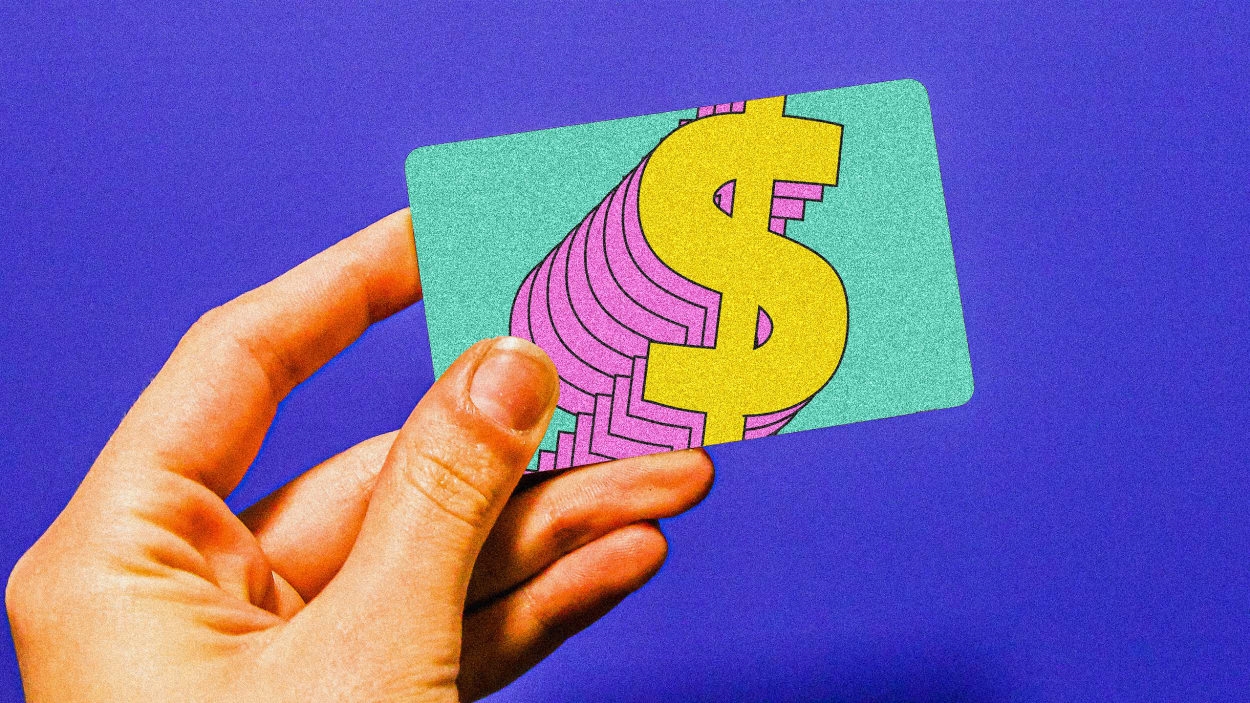Credit card rates could spike again in 2023, meaning more debt for your burdened wallet
Credit cardholders with a monthly balance may want to re-budget for 2023. As the Federal Reserve continues to lift interest rates to curb America’s worst bout of inflation in four decades, financial analysts are warning that consumers who carry debt should brace for more interest rate shock in the coming months.
Today, Bankrate published its 2023 interest rates forecast. In it, the financial website predicts that credit card rates will break new records in the coming year. Greg McBride, Bankrate’s chief financial analyst, believes the average interest rate will jump to 20.5% in 2023, following the upward arc of the Fed’s climbing rates.
The Fed started aggressively raising rates in March. So far, it’s instituted two 0.5% rate hikes, four 0.75% hikes, and a seventh hike of 0.25% in December. That, in turn, has caused the so-called U.S. prime rate—the benchmark rate used by most credit cards—to climb at a ferocious pace, with credit card interest rates subsequently ballooning faster than they ever have before.
Between last March and December, the prime rate surged from 3.25% to 7.5%, a rate exceeded just twice this century: It reached 9% in early 2001, when the Fed was trying to jam the breaks on the dot-com boom, then it was 8.25% in 2006, after the Fed hiked rates 17 consecutive times to slow the growing real-estate bubble. According to Bankrate’s data, the Fed’s seven straight rate hikes have helped the average credit card interest rate mushroom from 16.3% at the outset of 2022 to 19.6%, a climb of well over three percentage points.
When the Fed hikes rates, the big lenders typically follow suit within one to two billing cycles—meaning January to February, for the December hike—and they typically raise their rates by whatever amount the Fed just did.
“The important takeaway for current cardholders is that another 1 percentage point in rate hikes by the Fed means your rate will move up by 1 percentage point,” Bankrate’s McBride explains, adding that “An active Fed means cardholders with balances will continue to see interest costs rising.”
McBride does predict that rates will start rising more slowly—though that’s not a huge relief, since every percentage-point climb is still setting another all-time record. Bankrate’s estimated 20.5% also represents just one prediction.
Higher rates mean longer balances
LendingTree publishes its own monthly credit card rate tracker, based on the 200 most popular U.S. credit cards from dozens of issuers. Its December average was 22.91%, the highest rate since the online financial marketplace began tracking these rates in 2019. Meanwhile, other experts see this ending poorly for some borrowers: A few weeks ago, the consumer credit rating agency TransUnion released a study predicting America will see consumer loan delinquencies surge to a 13-year high during the year 2023.
Bankrate concludes that 2023 is going to be a comparatively worse year to have credit card debt, advising debtholders that this scenario instills a new sense of urgency to “aggressively” pay down balances, to look for 0% balance-transfer offers, and to refrain from making additional credit card purchases unless you’re able to pay off the balance at month’s end.
To help visualize how a higher interest rate can add up in a hurry, LendingTree offers an example that contrasts the highest and lowest rates that appeared in its December tracking data:
Say you owe $5,000 on a card and pay $250 a month.
With a rate of 26.42%, you’ll pay $1,664 in interest and take 27 months to pay it off.
Lower the rate to 19.41% and you’ll pay just $1,090 in interest and take 25 months to pay it off.
That 7% difference would save you $574 in interest, LendingTree notes, and allow you to pay off your balance two months earlier. The Fed’s latest Survey of Consumer Finances shows the median U.S. bank account balance is only around $5,300, but that data was compiled in 2019, from the pre-pandemic times. Many Americans’ finances have taken a hit since then, making extra savings, however small, even more important.
(44)



